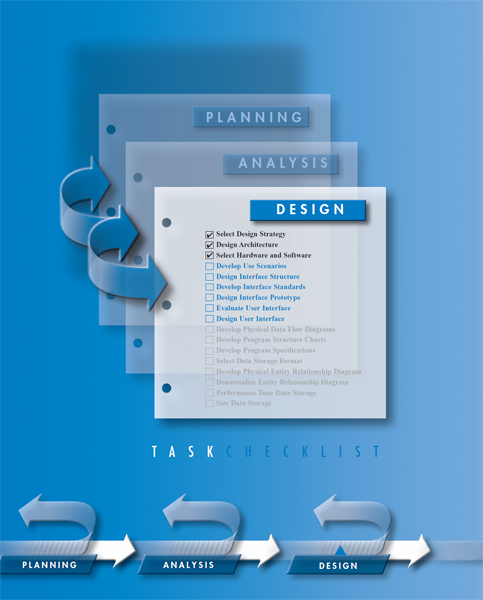
CHAPTER 9
USER INTERFACE DESIGN
A user interface is the part of the system with which the users interact. It includes the screen displays that provide navigation through the system, the screens and forms that capture data, and the reports that the system produces (whether on paper, on the Web, or via some other media). This chapter introduces the basic principles and processes of interface design and discusses how to design the interface structure and standards.
OBJECTIVES
- Describe several fundamental user interface design principles.
- Explain the process of user interface design.
- Discuss how to design the user interface structure.
- Explain how to design the user interface standards.
- Be able to design a user interface.
CHAPTER OUTLINE
Introduction
Principles for User Interface Design
- Layout
- Content Awareness
- Aesthetics
- User Experience
- Consistency
- Minimize User Effort
User Interface Design Process
- Use Scenario Development
- Interface Structure Design
- Interface Standards Design
- Interface Design Prototyping
- Interface Evaluation
Navigation Design
- Basic Principles
- Types of Navigation Controls
- Messages
Input Design
- Basic Principles
- Types of Inputs
- Input Validation
Output Design
- Basic Principles
- Types of Outputs
- Media
Applying the Concepts at Tune Source
- Use Scenario Development
- Interface Structure Design
- Interface Standards Design
- Interface Template Design
- Design Prototyping ...
Get System Analysis and Design, Fifth Edition now with the O’Reilly learning platform.
O’Reilly members experience books, live events, courses curated by job role, and more from O’Reilly and nearly 200 top publishers.

